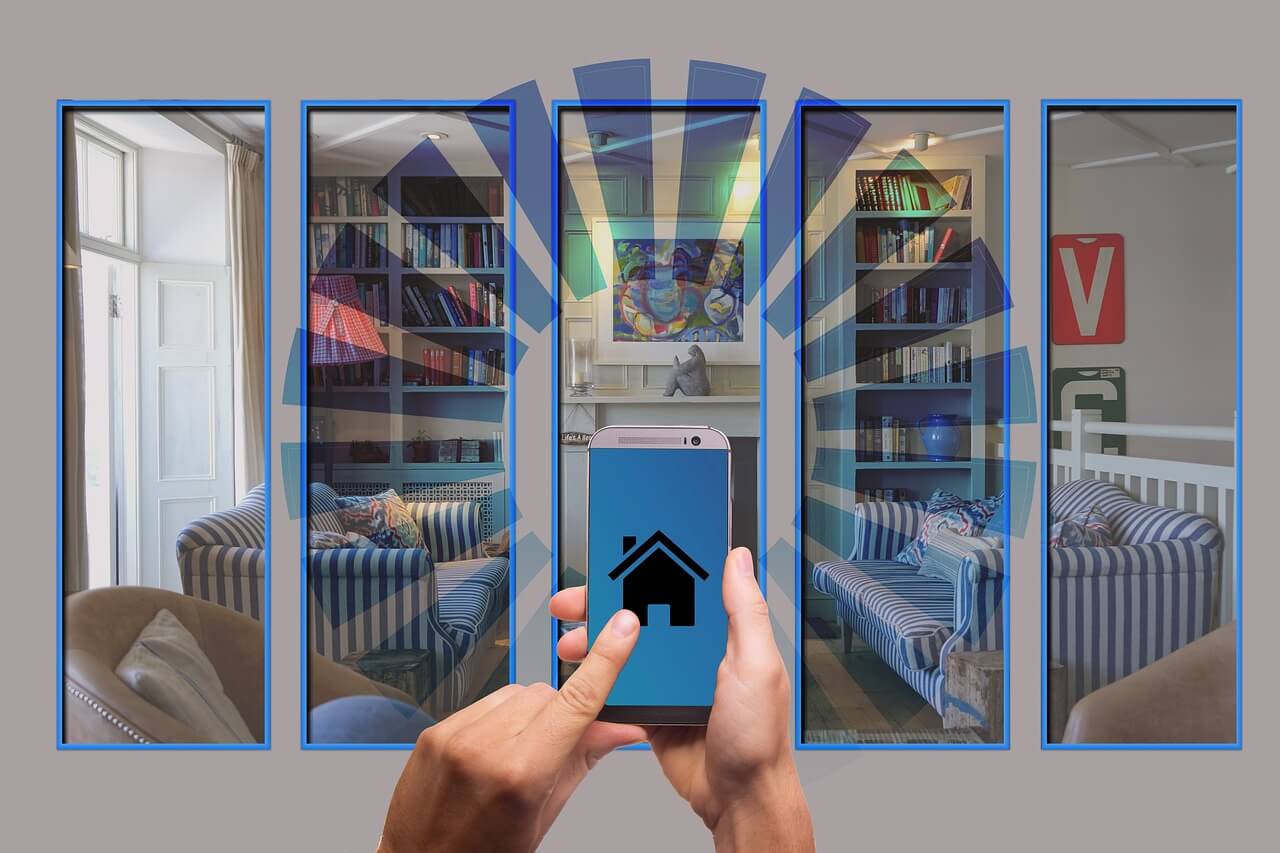What is smart home system?
A smart home refers to a convenient home setup where appliances and devices can be automatically controlled remotely from anywhere with an internet connection using a mobile or other networked device. Devices in a smart home are interconnected through the internet, allowing the user to control functions such as security access to the home, temperature, lighting, and a home theater remotely.
- A smart home allows homeowners to control appliances, thermostats, lights, and other devices remotely using a smartphone or tablet through an internet connection.
- Smart homes can be set up through wireless or hardwired systems.
- Smart home technology provides homeowners with convenience and cost savings.
- Security risks and bugs continue to plague makers and users of smart home technology.
- Though full-scale home automation may cost thousands of dollars, smaller individual products costing less than $100 can get homeowners started on smart home products.
How it works?
A smart home’s devices are connected with each other and can be accessed through one central point—a smartphone, tablet, laptop, or game console. Door locks, televisions, thermostats, home monitors, cameras, lights, and even appliances such as the refrigerator can be controlled through one home automation system. The system is installed on a mobile or other networked device, and the user can create time schedules for certain changes to take effect.
Smart home appliances come with self-learning skills so they can learn the homeowner’s schedules and make adjustments as needed. Smart homes enabled with lighting control allow homeowners to reduce electricity use and benefit from energy-related cost savings. Some home automation systems alert the homeowner if any motion is detected in the home when they’re away, while others can call the authorities—police or the fire department—in case of imminent situations.
Once connected, services such as a smart doorbell, smart security system, and smart appliances are all part of the internet of things (IoT) technology, a network of physical objects that can gather and share electronic information.
Smart home systems
Smart homes can feature either wireless or hardwired systems—or both. Wireless systems are easier to install. Putting in a wireless home automation system with features such as smart lighting, climate control, and security can cost several thousand dollars, making it very cost-friendly.
The downside to wireless systems is you likely need strong Wi-Fi coverage and broadband service throughout your entire house. This may require you to invest in range extenders or hardwired wireless access points. Wireless smart home systems are generally more appropriate for smaller existing homes or rental properties due to their smaller size.
Hardwired systems, on the other hand, are considered more reliable and are typically more difficult to hack. A hardwired system can increase the resale value of a home. In addition, hardwired smart home systems can easily be scaled; therefore, it is often the default method when designing a new build or performing a major renovation.
How to create a smart home
- Heating
- Lighting
- Audio/Visual
- Security
- Other
Heating.
Smart home products now allow for greater control over heating devices including when products are turned on, turned off, and controlled. Smart products may be armed with temperature or humidity sensors to automatically turn on or off if certain criteria are met. This line of smart home innovations also extends to air conditioners.
Lighting.
Often with the use of a mobile phone, table, or custom remote specific to a product, lighting products now enhance the capabilities of homeowners. Lights can be switched on and off, placed on a schedule, or set to change based on sunrise or sunset times. Like some more traditional products, lights can often set to change based on motion. Smart bulbs can communicate over Wi-Fi and display statistics or metrics to your phone.
Audio/Visual.
One of the more fun aspects of smart homes, many entertainment products are now heavily connected to each other and can be controlled with a single remote. Television and speakers now have greater capabilities to be played on command using applications, including being maintained on a schedule or being voice-controllable.
Security
One of the most reasonable aspects of a smart home is the enhanced security capabilities. Many products now have camera capabilities that track motion, capture video, or allow for live video feeds. This may be installed to sync with a ringing doorbell or set to display on certain areas of your property. These videos may allow for video-calling with the individual at your door, including audio capabilities.
Other
A very large section of smart homes relates to digital assistants or home hubs. These products are often interacted with using your voice and can take commands, field questions, organize your calendar, schedule conference calls, or provide alerts. Though not specifically related to one’s home, these digital assistants provide a broad range of controlling smart assets, their schedules, and their statuses.
Smart smoke and carbon monoxide detectors not only sound an alarm but can be synced to your phone to alert you should you be away from your property. These devices can often be set up to send emergency notifications to specified contacts.
Advantages and disadvantages
Advantages
- Are often more convenient than traditional methods of scheduling, controlling, or accessing products
- May enhance security due to notifications or alerts
- Offers multiple ways of performing a certain task (i.e. lights can be manually turned on or scheduled)
- May result in long-term cost savings when considering efficient energy use
Disadvantages
- May pose security risk as products are connected to networks and can be hacked
- May require additional work for homeowner to track additional passwords and monitor product security
- Are often more expensive than their less smart counterpart products
- May result in steep learning curve, especially for those not technologically-savvy
